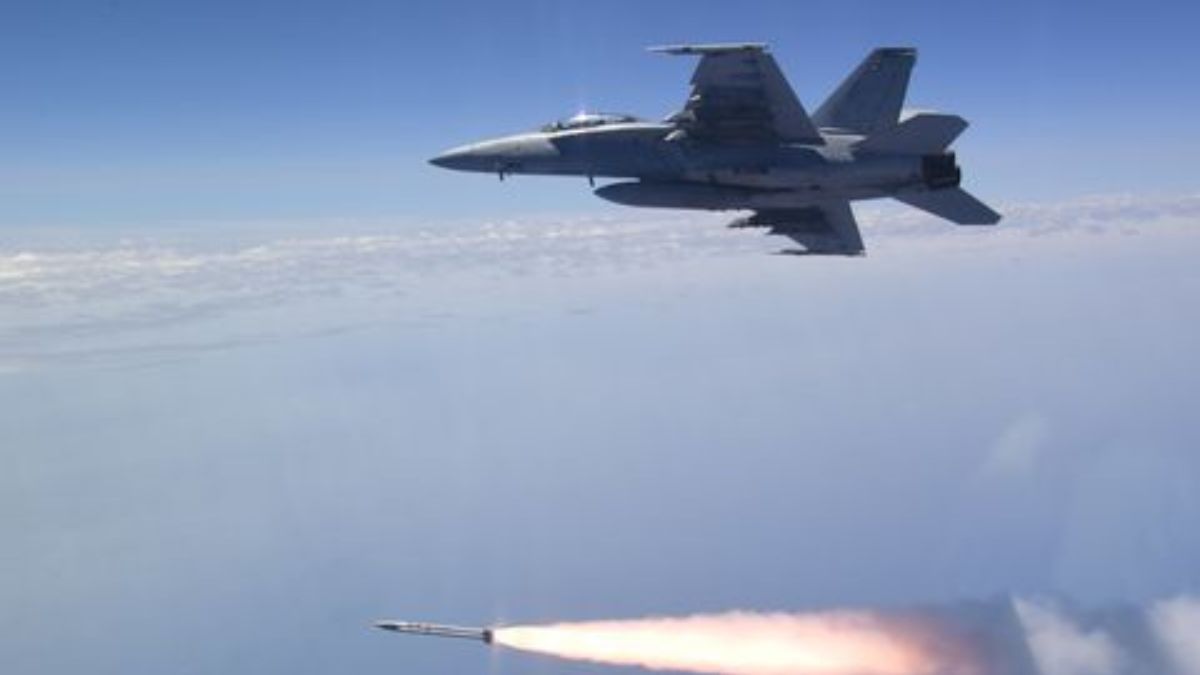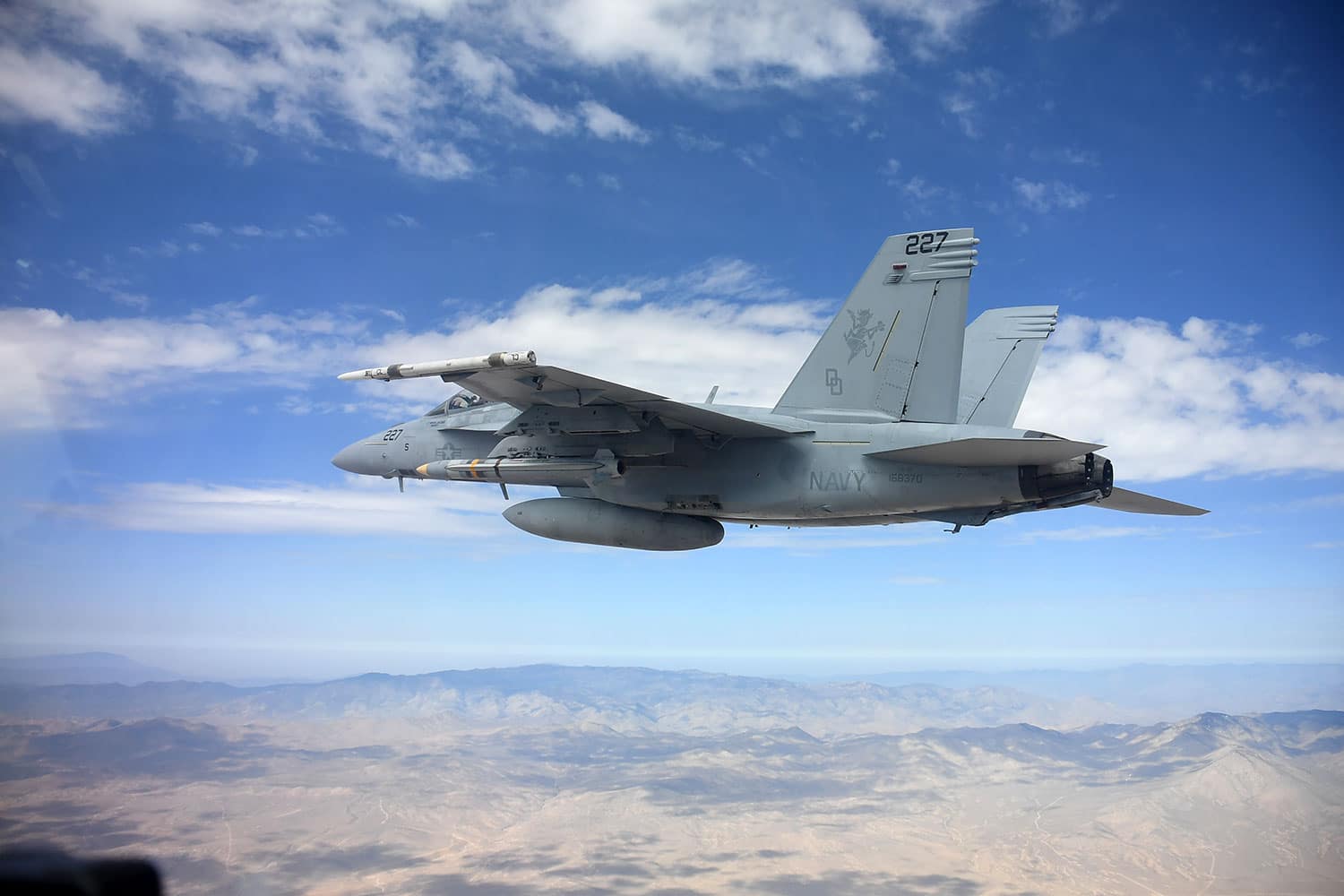
Hyperloop One, the ambitious company that once asp...
news-extra-space

 Image credit- The Defense post[/caption]
The fifth consecutive flight test of the AGM-88G Advanced Anti-Radiation Guided Missile Extended Range (AARGM-ER) for the U.S. Navy was successfully completed, according to Northrop Grumman, which made the announcement with pride.
The missile successfully located, engaged, and tracked a sophisticated land-based emitter target during this test.
Deliveries of Missiles Soon
A key development step for the AARGM-ER was the successful test shooting against operationally realistic modern air defense system targets. The missile will start being delivered later this year in order to enable the Navy's initial operational capability, which is set for 2024.
[caption id="" align="aligncenter" width="1500"]
Image credit- The Defense post[/caption]
The fifth consecutive flight test of the AGM-88G Advanced Anti-Radiation Guided Missile Extended Range (AARGM-ER) for the U.S. Navy was successfully completed, according to Northrop Grumman, which made the announcement with pride.
The missile successfully located, engaged, and tracked a sophisticated land-based emitter target during this test.
Deliveries of Missiles Soon
A key development step for the AARGM-ER was the successful test shooting against operationally realistic modern air defense system targets. The missile will start being delivered later this year in order to enable the Navy's initial operational capability, which is set for 2024.
[caption id="" align="aligncenter" width="1500"] Image credit- Inspective mind[/caption]
The Navy F/A-18E/F Super Hornet, EA-18G Growler, Air Force F-35A, Marine Corps F-35B, and Navy/Marine Corps F-35C will all be equipped with the AARGM-ER.
The program manager for Direct and Time Sensitive Strike (PMA-242) in the US Navy, CAPT Alex Dutko, stated his satisfaction with the test's outcomes.
AARGM-ER once again showed the high-speed application of fatal effects against an air defense system target, according to Dutko. Another successful step has been taken in the endeavor by our government-industry collaboration to provide our warfighters with this vital capability.
Also read: US Air Force will unveil B-21 Raider, most technologically advanced strike aircraft with stealth capabilities
According to Northrop Grumman, the development of the AARGM-ER integrates cutting-edge technology, such as digital modeling and integrated sensors and electronics, producing a high-performance air vehicle with improved propulsion and an optimized warhead.
Image credit- Inspective mind[/caption]
The Navy F/A-18E/F Super Hornet, EA-18G Growler, Air Force F-35A, Marine Corps F-35B, and Navy/Marine Corps F-35C will all be equipped with the AARGM-ER.
The program manager for Direct and Time Sensitive Strike (PMA-242) in the US Navy, CAPT Alex Dutko, stated his satisfaction with the test's outcomes.
AARGM-ER once again showed the high-speed application of fatal effects against an air defense system target, according to Dutko. Another successful step has been taken in the endeavor by our government-industry collaboration to provide our warfighters with this vital capability.
Also read: US Air Force will unveil B-21 Raider, most technologically advanced strike aircraft with stealth capabilities
According to Northrop Grumman, the development of the AARGM-ER integrates cutting-edge technology, such as digital modeling and integrated sensors and electronics, producing a high-performance air vehicle with improved propulsion and an optimized warhead.
Leave a Reply






